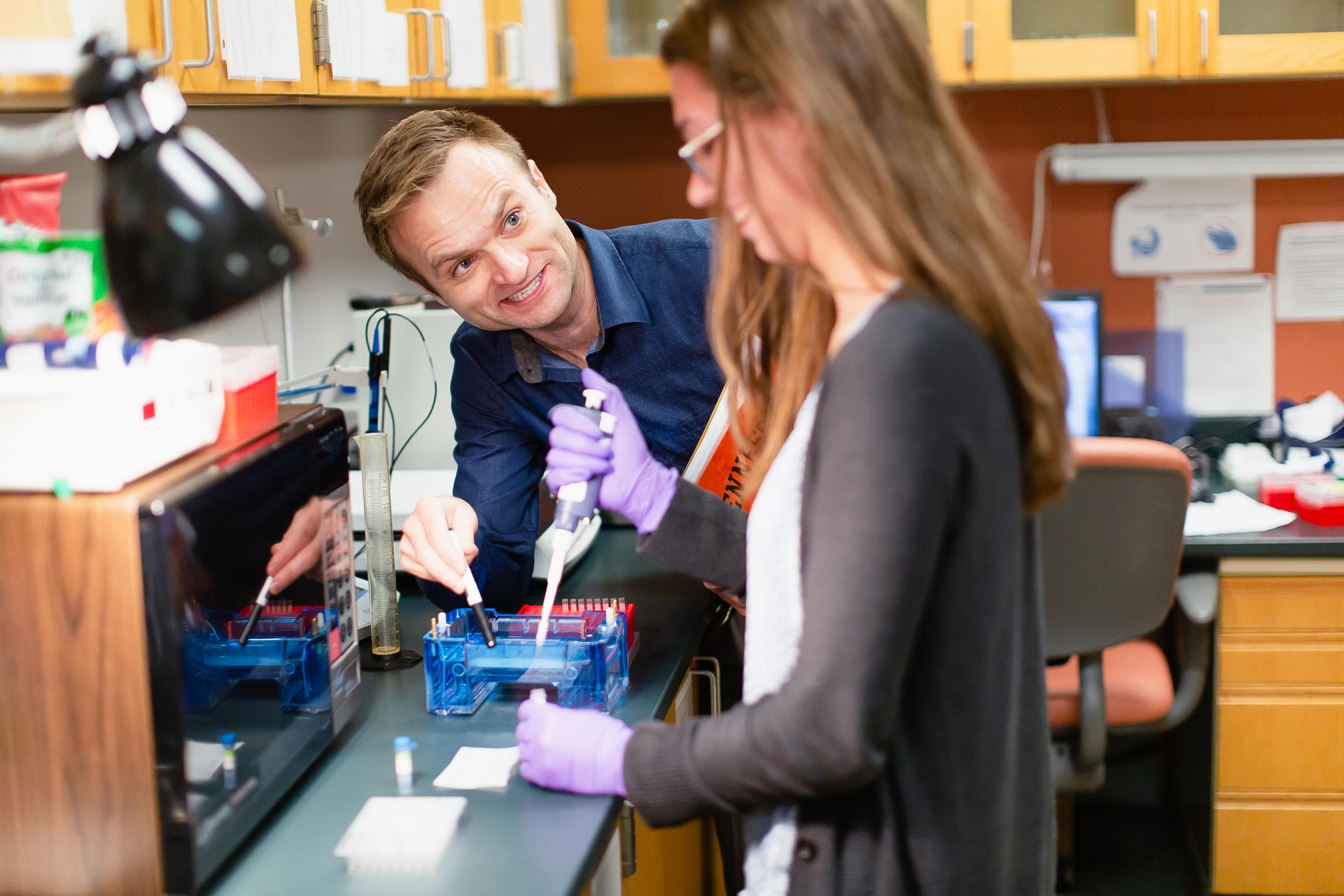Eastern Redbud chlorotyping and diversity assessment
Chloroplast DNA haplotying of redbuds is expected to provide lineage and spread data, inaccessible with nuclear DNA SSRs.
Project synopsis
In plant cells, DNA is found in 3 compartments: cell nucleus (the overhwlming proportion of), mitchondria (cell 'betteries') and chloroplasts (cell 'photovoltaics').
Both mtDNA and cpDNA are inherited from one parent only. In plants - from the maternal line, in most cases. This DNA is usually haploid (1 chromosome copy per organism), undergoes mutations at lower frequency than ncDNA, experiences no recombination (as in crossing-over), and has comparatively conserved contents. All this renders the mt/cpDNA analyses as powerful approaches for lineage studies and spread assessment.
One efficient way to assess the mutations in the cpDNA is, to PCR the intergenic region of cpDNA, sequence few individuals, and look for base changes that would result in changes in the restriction patterns. (see here for a similar project).
Trinity Hamm's MS project in Dr. Robert N. Trigiano's lab intends to build on our previous research in redbuds. Assessment of cpDNA diversity will complement the SSR studies, but with new vantage point.
